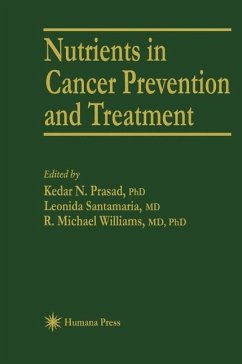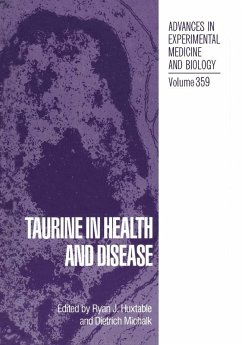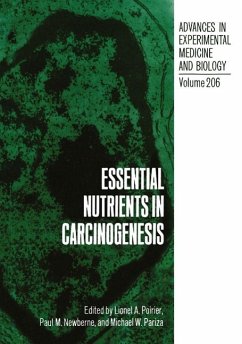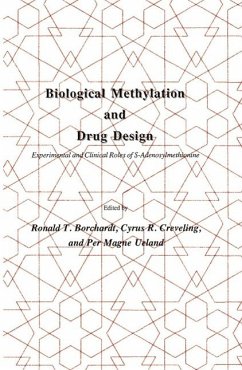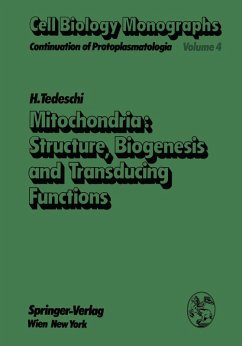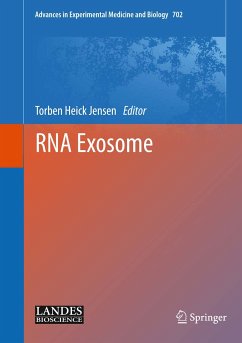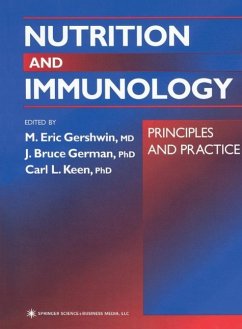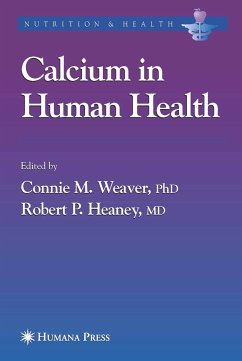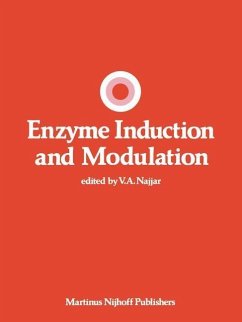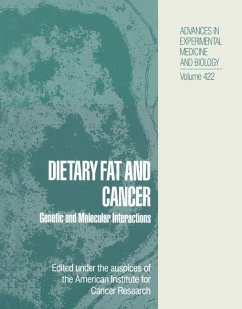
Chemical Induction of Cancer (eBook, PDF)
Modulation and Combination Effects an Inventory of the Many Factors which Influence Carcinogenesis
Redaktion: Arcos, Joseph C.; Woo, Yin-Tak; Argus, Mary F.
Versandkostenfrei!
Sofort per Download lieferbar
72,95 €
inkl. MwSt.
Weitere Ausgaben:

PAYBACK Punkte
36 °P sammeln!
In the approach to the analysis of disease, including, of course, cancer, two major thrusts may be distinguished. These may be referred to, in shorthand, as agents and processes: the causative agents (chemical, microbial, physical, environmental, and psychosocial) and the organismic processes, initiated and furthered by the agents, culminating in observable pathology (at the macromolecular, cytological, histological, organ function, locomotor, and behavioral levels). The past 25 years, since the appearance of the first volume of the predecessor series (1) authored by the Editors of this presen...
In the approach to the analysis of disease, including, of course, cancer, two major thrusts may be distinguished. These may be referred to, in shorthand, as agents and processes: the causative agents (chemical, microbial, physical, environmental, and psychosocial) and the organismic processes, initiated and furthered by the agents, culminating in observable pathology (at the macromolecular, cytological, histological, organ function, locomotor, and behavioral levels). The past 25 years, since the appearance of the first volume of the predecessor series (1) authored by the Editors of this present volume, have seen an impressive number of studies on chemicals (and other agents) as etiologic factors in the induction of cancer. The major emphasis has been on the discovery of many chemical carcinogens of widely different structures, their metabolism by various tissues and cells, and, in turn, their molecular-biochemical effects on the cells. This rapidly expanded body of information, as effectively covered in the predecessor volumes, is an excellent entree to the second half of the overall problem of chemical carcinogenesis, the processes. The active agents trigger a large array of molecular-biochemical alterations to which the target cells, target tissues, and target organisms respond in many select and common ways. This second major aspect of the induction of cancer by chemicals (and by other agents)- the sequence of cellular and tissue changes clearly relevant to cancer-remains the challenge for the future.
Dieser Download kann aus rechtlichen Gründen nur mit Rechnungsadresse in A, B, BG, CY, CZ, D, DK, EW, E, FIN, F, GR, HR, H, IRL, I, LT, L, LR, M, NL, PL, P, R, S, SLO, SK ausgeliefert werden.



